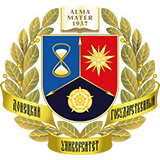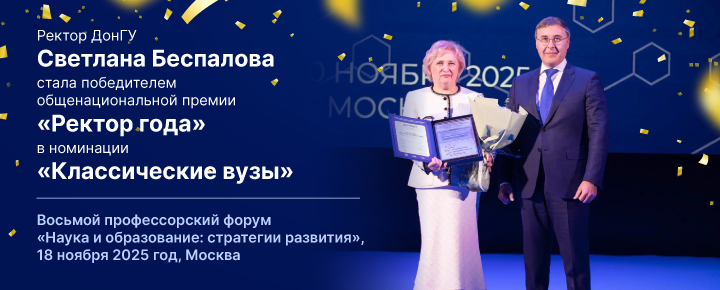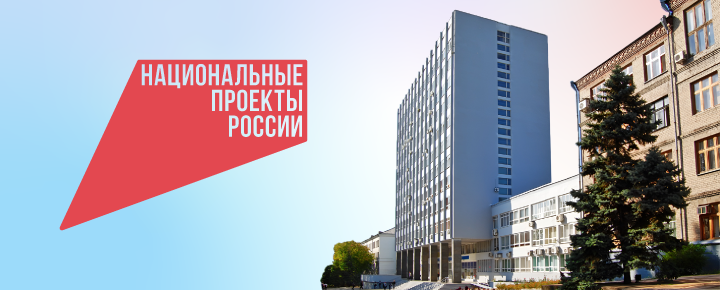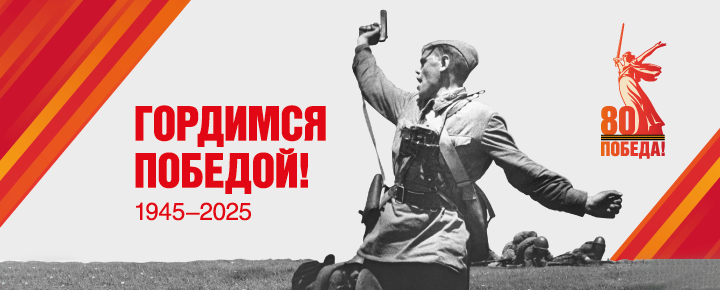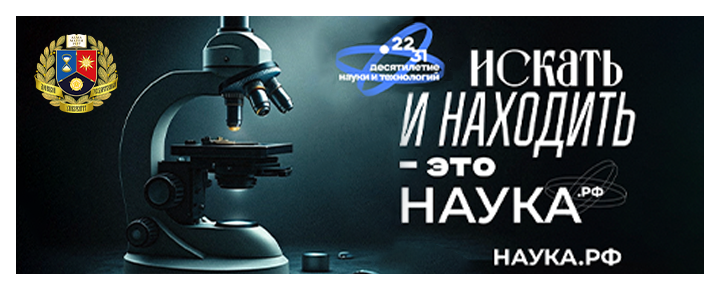REFERRAL PROCEDURE
AND GENERAL REQUIREMENTS FOR ARTICLES
The Editorial Board accepts articles of 8-12 pages (30-40 thousands of symbols) in Russian or English. Articles and accompanying documents (author's questionnaire and consent for publication) are sent to the e‑mail address of the journal nec.info@mail.ru.
The author's material proposed for publication should be original, not previously published in other publications, correspond to the thematic focus of the journal and passports of scientific specialties:
5.2.1. Economic Theory;
5.2.2. Mathematical, statistical and instrumental methods in economics;
5.2.3. Regional and branch economics.
The author is responsible for the reliability of information, accuracy of citations and references to official documents and other sources.
All articles are reviewed and checked for text originality.
Requirements for the originality of the text of a scientific article: 75% – articles of review and theoretical kind, 80% – articles of analytical and experimental kind.
The final decision on publication, publication after revision or rejection of the article is made by the editorial board.
Authors are fully responsible for the content of materials submitted to the editorial board, including the presence in them of information that violates the norms of international copyright, patent or other types of rights of any individuals or legal entities.
ARTICLE RULES
Scientific articles should contain these elements:
- Introduction – substantiates the relevance of the study, its novelty; provides a brief review of the literature on the topic of the study with the identification of a gap in knowledge and problem statement; formulates goals and objectives.
- Materials and Methods – provides complete information about the research methodology; provides a description of the data, approaches to processing the data obtained, evaluation criteria, sample size, number of measurements, etc.
- Results – the results obtained are presented both in the form of text and in the form of illustrative material (graphs and tables).
- Discussion – an interpretation of the results obtained is given in comparison with the hypothesis put forward and the results of research by other authors. The limitations of the study and the directions of future work are reported.
- Conclusion – a summary of the results of the study without repeating the wording in other parts of the article.
Technical requirements for the design of the article
Page parameters: upper and lower margins – 2 cm, left – 3 cm, right – 1.5 cm. Font Times New Roman, size 12 pt. The interval is single, the paragraph indentation is 1.25 cm.
The article's UDC is indicated in the upper left corner of the page (Times New Roman font, size 12 pt, bold).
Through the empty line on the left the Full name of the authors (each author from a new line, Times New Roman font, size 12 pt, bold, surname in capital letters), on the next line Affiliation of the authors (full name of the organization and address).
Article title is separated by an empty line in the center (Times New Roman font, size 14 pt, bold, all uppercase). The title of the author's material should be adequate to its content and as brief as possible.
Annotation in the language of the article is separated by an empty line (Times New Roman font, size 12 pt). The volume of the annotation is 250-300 words.
The next line contains Key words in the language of the article, 7-15 words and phrases (Times New Roman font, size 12 pt, italics).
Then, through the line, the Text of the article with the allocation of structural elements: Introduction, Materials and methods, Results, Discussion, Conclusion (Times New Roman font, size 12 pt, single spacing, paragraph indentation 1.25 cm). All structural elements of the article are highlighted in bold.
References separated by an empty line (Times New Roman font, size 12 pt, interval – 1.0). The minimum volume of sources is 15 items.
Information about the authors is separated by an empty line: Full name, academic degree, academic title, position, full name of the organization, city, country, E-mail and author IDs ORCID, AuthorID and others (if available). The same information about the second and subsequent authors is indicated through an empty line.
The new page contains information about the article in English and includes all the elements listed above, except for the main text.
The UDC of the article is indicated in the upper left corner of the page (Times New Roman font, size 12 pt, bold).
Through the empty line on the left Last name and first name of the authors (each author with a new line, Times New Roman font, size 12 pt, bold, surname in capital letters), on the next line Author affiliations (full name of the organization and address).
Through an empty line in the center there is Article title (Times New Roman font, size 14 pt, bold, all uppercase).
Through an empty line Annotation (Times New Roman font, size 12 pt).
The next line contains Key words (Times New Roman font, size 12 pt, italics).
Through an empty line References (Times New Roman font, size 12 pt). References are designed in accordance with the style of the APA (American Psychological Association).
Through an empty line information about the authors: full name, academic degree, academic title, position, full name of the organization, city, country, E-mail and author IDs ORCID, AuthorID and others (if available). An empty line indicates similar information in English about the second and subsequent authors.
Rules for typing and formatting tables, figures, formulas and references
Dimensional and other indicators of typing: paragraph indentation should be the same throughout the text (1.25 cm); paragraph indentation with a space and the Tab key is not allowed; page numbering is through at the bottom in the center; all words inside the paragraph are separated by only one space; spaces are not placed before the punctuation mark, after the punctuation mark – one space; underscores selections are not allowed; the text is typed without hyphenation and aligned to the width of the page.
The text may contain tables, captions to which should be given above the table with alignment to the width. Text in tables: single spacing, font 11-12 Times New Roman. Tabular material should be presented without the use of scanning. The use of digital material in tables should be accompanied by references to the source of data. All figures and tables should be referenced in the text.
All figures should be accompanied by captions, and tables should have titles. Each figure (illustration) is provided with a caption. The caption under the illustration usually has several basic elements: the name of the graphic subject, denoted by the abbreviated word "Fig."; the serial number of the illustration, which is indicated without the number sign in Arabic numerals; the thematic title of the illustration (after the dot with a capital letter); at the end of the title is not put a dot.
All figures and tables should be in portrait orientation, the use of landscape orientation is not allowed!
Formulas must be typed in Microsoft Equation formula editor (present in Microsoft Word), in MathType program or in character font. Inserting formulas in the form of pictures of any format is not allowed.
Terms mentioned throughout the paper should be uniform. Between numbers and names of units (monetary, metric, etc.) put an unbroken space (Shift+Ctrl+Space). Abbreviations of metric units (t, ts, m, km, etc.), as well as abbreviations of million, billion, trillion should be written without a dot. Abbreviations of monetary units (rubles, kop., dollars, thousand) should be written with a dot. If there is an abbreviation in the text, it should be deciphered in brackets at the first mentioning.
Formalization of the reference list is performed according to the requirements of bibliography standards: references to sources of statistical data are mandatory; references to publications of researchers and scientists mentioned in the text are mandatory; references to Internet resources should lead directly to the specified document; all sources that are presented in the reference list should have appropriate references in the text of the material.
The article must be accompanied by the author's questionnaire with full indication of contact details.
More detailed requirements for the design of author's materials can be found in the attached files:
Requirements for Authors
Appendix 1 Article template
Appendix 2 Compilation the references
Appendix 3 The author's questionnaire and consent to publication

